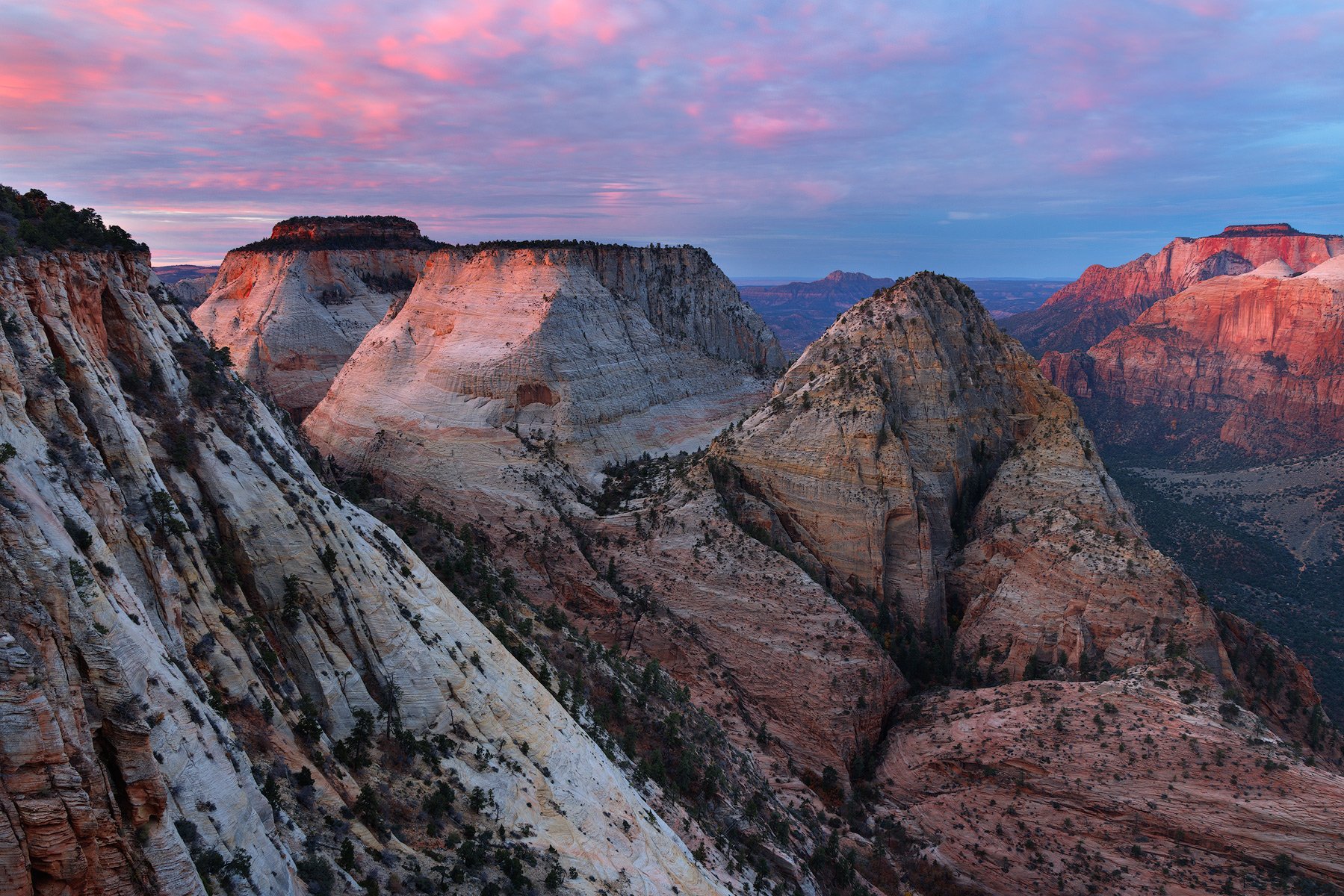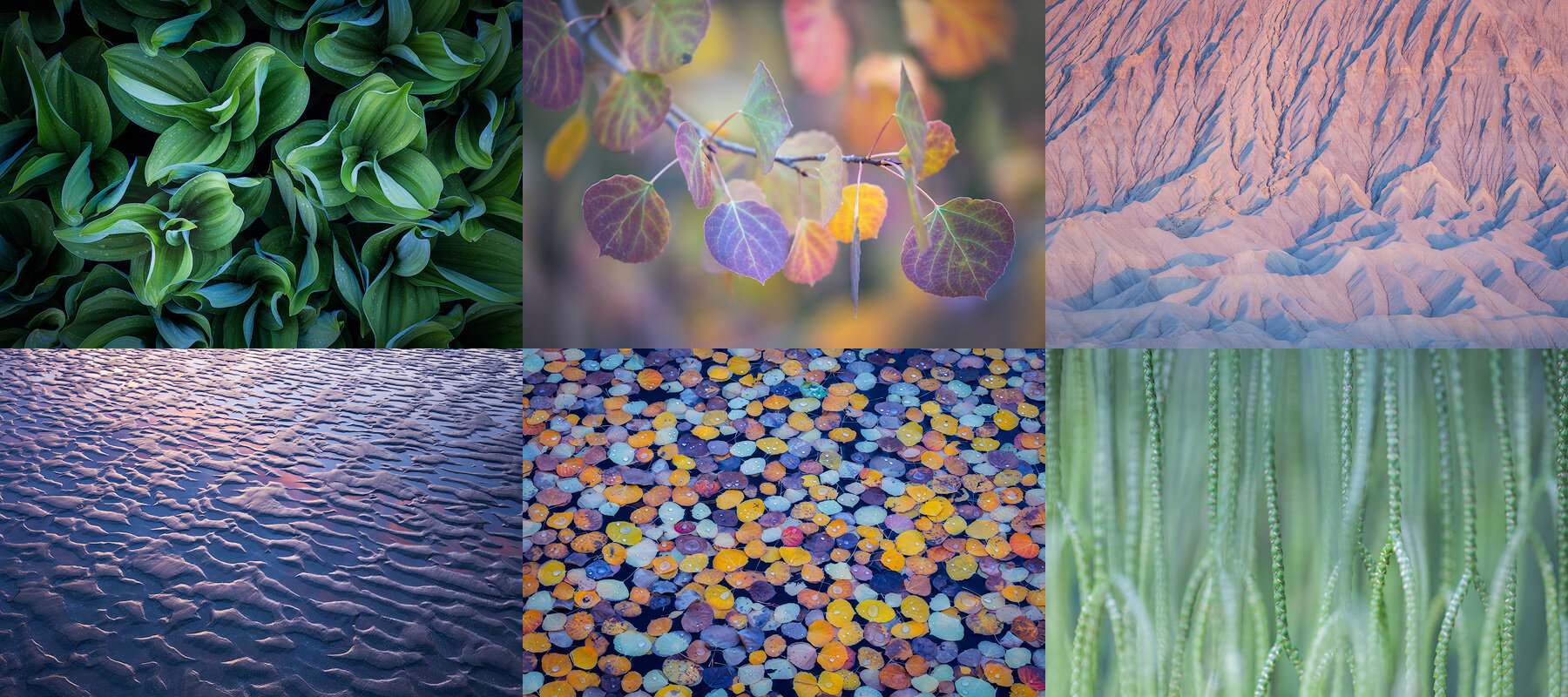PREFACE: This is the introductory essay for ebook portfolios covering my extended 2021-22 trip to Death Valley National Park. You can download these ebooks, for free, here to see the full collection of photographs.
With our Airstream RV trailer, we are able to work remotely for long stretches, so we packed up for the desert and arrived in Death Valley National Park right before Christmas, 2021. We stayed through late February, 2022, giving us about eight weeks in the park. Aside from two weeks of formal work (teaching workshops), I photographed, hiked, or both almost every day. This portfolio is the result of those efforts.
By the time we left to return home, the list of Death Valley canyons I have visited had many new entries, for a total of fifty-four. I can now say I have backpacked across Death Valley’s floor, an experience that makes the incredible vastness of the park feel much more profound than contemplating those same distances from the roadside. The scenery, as always, was endlessly enchanting. Solitude was easy to find. With photography friends coming and going, the trip felt a little like summer camp. As with every trip to this park, the list of new things I want to see is much longer than the list I had when I arrived. With the weather getting increasingly warm in late February, I knew it was time to head home but still tried to convince Ron that we should stay for just one more week. Just one more.
Read More




